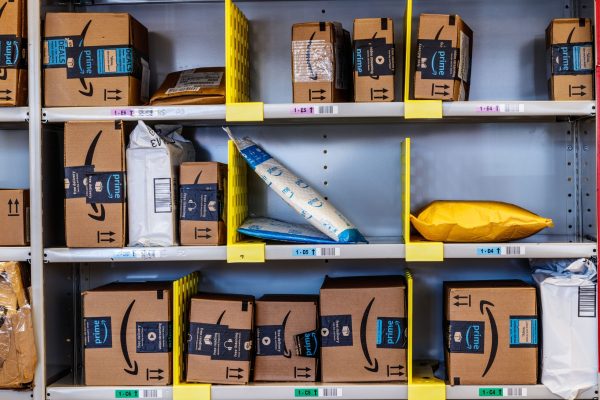Technological advancements like the Internet of Things (IoT) and Artificial Intelligence (AI) are transforming the way we live and work, and traditional supply chains are not exempt from the digital revolution.
Traditional supply chains, reliant on manual processes, simply cannot keep up with the pace of today’s market; the processes for balancing inventories and forecasting used ten years ago are quickly overwhelmed.
Using digital technologies to capture, store, process and share huge amounts of data means increasing efficiency at every stage. Automating processes enables supply chain managers to reduce costs and increase supply chain throughout, whilst giving businesses the information they need to respond in real-time to rapidly changing market conditions.
A cognitive supply chain is made up of four steps: predict, plan, control and share.
Predict
Using historic data to forecast rises or falls in demand is problematic, as the data used is already outdated. Plus, it’s almost impossible to identify new trends or anticipate unexpected events in this way.
A cognitive supply chain links with big data to incorporate factors from the weather and school holidays to local and global events into forecasting. By monitoring social media, brand and channel partners and information from the IoT in products, pallets and aisles, a cognitive supply chain uses vast amounts of information to “sense” rather than simply guess at market changes.
Plan
Responding quickly and cost-efficiently to market changes (anticipated by accurate forecasting) is key to a strong supply chain. Effective inventory balancing is essential, and requires synchronisation across a potentially global network of factories, logistics partners, warehouses and end customers.
Rather than checking stock and updating volumes once a week, a cognitive supply chain uses analytics and machine learning to monitor stock levels in real time, managing production and inventories automatically to keep the entire network running smoothly.
Control
A cognitive supply chain helps you to be more proactive; in times of stock oversupply or outages due to fluctuating demand, digitised processes and analytics help you stay ahead.
Either by utilising information from the predict stage to change pricing, start promotional activities or investing in marketing, or by maximising profitability based on stock location, availability and cost to fulfil, a cognitive supply chain enables you to adapt to any market situation as quickly as it develops.
Share
When demand, production and inventory are tweaked as a result of improved forecasting, that information is fed back into the prediction and planning process. This means a cognitive supply chain is continuously learning and improving.
However, it’s essential that all data and activity is shared across the network with total transparency, from logistics and retail to marketing and packaging. When information is shared, the entire supply chain can make decisions more effectively, and everyone benefits.
Digitise your supply chain with Sprint Logistics
Sprint Logistics is a global logistics company providing supply chain solutions to a wide range of customers around the world. We provide smart, tailored supply chain solutions that work for your business and link in with warehousing, packaging, production and delivery to ensure your supply chain is fast, efficient and agile.
Contact us today for your bespoke supply chain solution.




